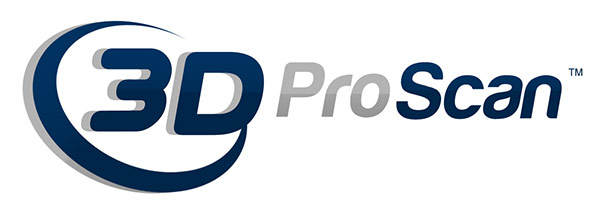Understanding CMM Measurement Accuracy
How does industrial CT scanning work?
The sample is placed inside the CT scanner on an expanded polystyrene ( Styrofoam ) platform. The sample then rotates 360 degrees over the course of 1 hour while X-rays capture 2D images. The detector and computer which captures the X-ray images then integrates them into a 3D point cloud at the end of the scan. The point cloud is then brought into the engineering software, cleaned, and aligned for analysis or measurement. At this point we execute the proper analysis or services that the customer requires.
What are some of the benefits of industrial CT scanning?
Fast Results. Each scan takes 1 hour.
Full 3D X-ray data capture. Allows for measuring hard to see features.
Non-Destructive. Parts are analyzed in their free state, there is no need for fixtures. Parts are undamaged and can be used after scanning.
Scan Multiple Parts at Once. Our CT scanner has a cylindrical envelope 5” in diameter by 5” in height.
User-Friendly Viewers. With an integrated scan data viewer, results can be easily shared and reviewed.
Virtual Cross Sectioning. Cross-sectional images can be taken virtually in 2D or 3D.
What is the accuracy of the CT scanner?
5 – 7 microns or 0.00019″ – 0.00027″
What type of materials can be CT scanned?
Our CT scanners are ideal for scanning plastic and polymer based materials. We can also scan low density metals such as aluminum or small metal parts with thin walls. When scanning parts or devices with mixed materials such as an insulin injection pen for example, we are mindful of the “scatter effect” during analysis.
What other things do I need to know before CT scanning my part?
Click HERE to see how parts are set up for scanning.
How long is the average process?
Each scan takes 1 hour, whether there is 1 part or more being scanned at that time. Post processing will vary based on the type of service requested and the number of parts we are scanning.
How is the data provided to the customer?
Part to CAD, part to part, and assembly analysis data is provided along with a free software viewer.
Dimensional inspection reports are provided in an excel file.
Reverse engineered files can be provided in STL, STP, Solidworks, or any other CAD format.
